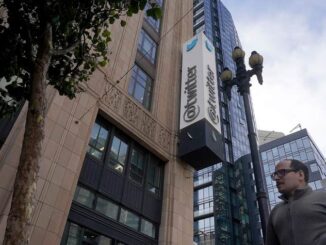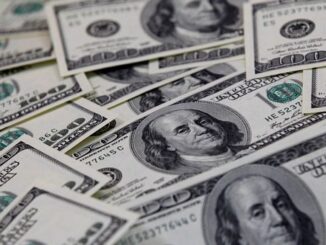
There is a saying in the world of monetary policy: only hawks go to central-banker heaven. Among the men and women charged with managing their economies’ money, the fortitude to rein in an economy which is growing too strongly—to take away the punch bowl just as the party gets going, as a Federal Reserve chairman once put it—is among the most admired of traits. But during the 20 years prior to the pandemic, the most pressing macroeconomic problems in many of the world’s large economies were weak growth and low inflation. Central bankers were thus cruelly denied the opportunity for a virtue-signalling removal of the punch bowl.
The sharp and persistent rise in inflation which began in 2021 has, however, given today’s central bankers their moment to shine. In 2023 most countries will get inflation under control, though not without serious pain. The problem grew to distressing dimensions in 2022, after Russia’s invasion of Ukraine sent prices of food and energy skyward. Many economies saw inflation rise to levels unseen for decades. The rate of consumer-price growth peaked at 9% in America and reached a record 10.7% in the euro area—and far higher in a few particularly troubled emerging economies.
Source: www.economist.com
#Inflation, #EconomicPolicy, #MonetaryPolicy, and #FiscalPolicy



